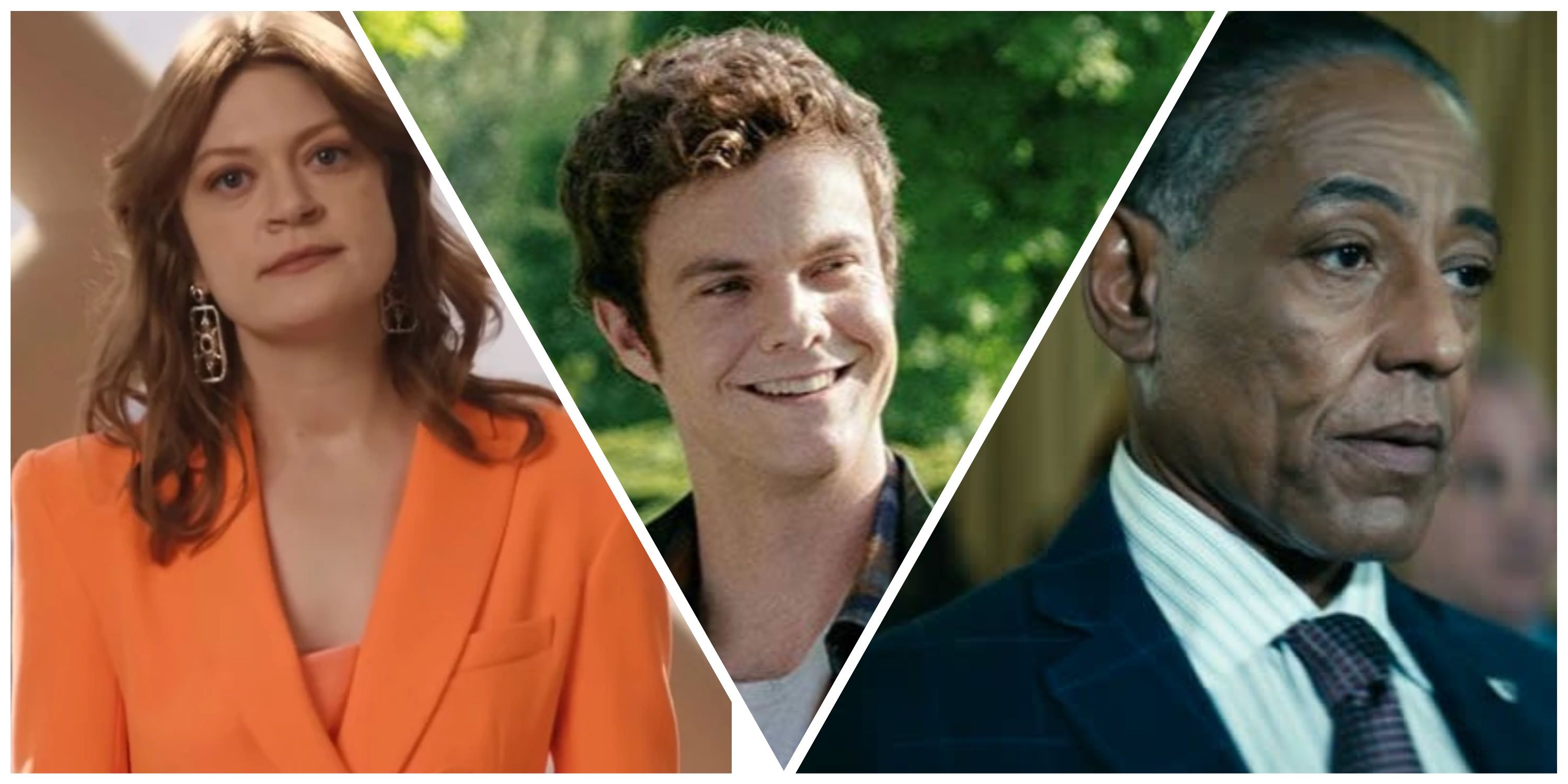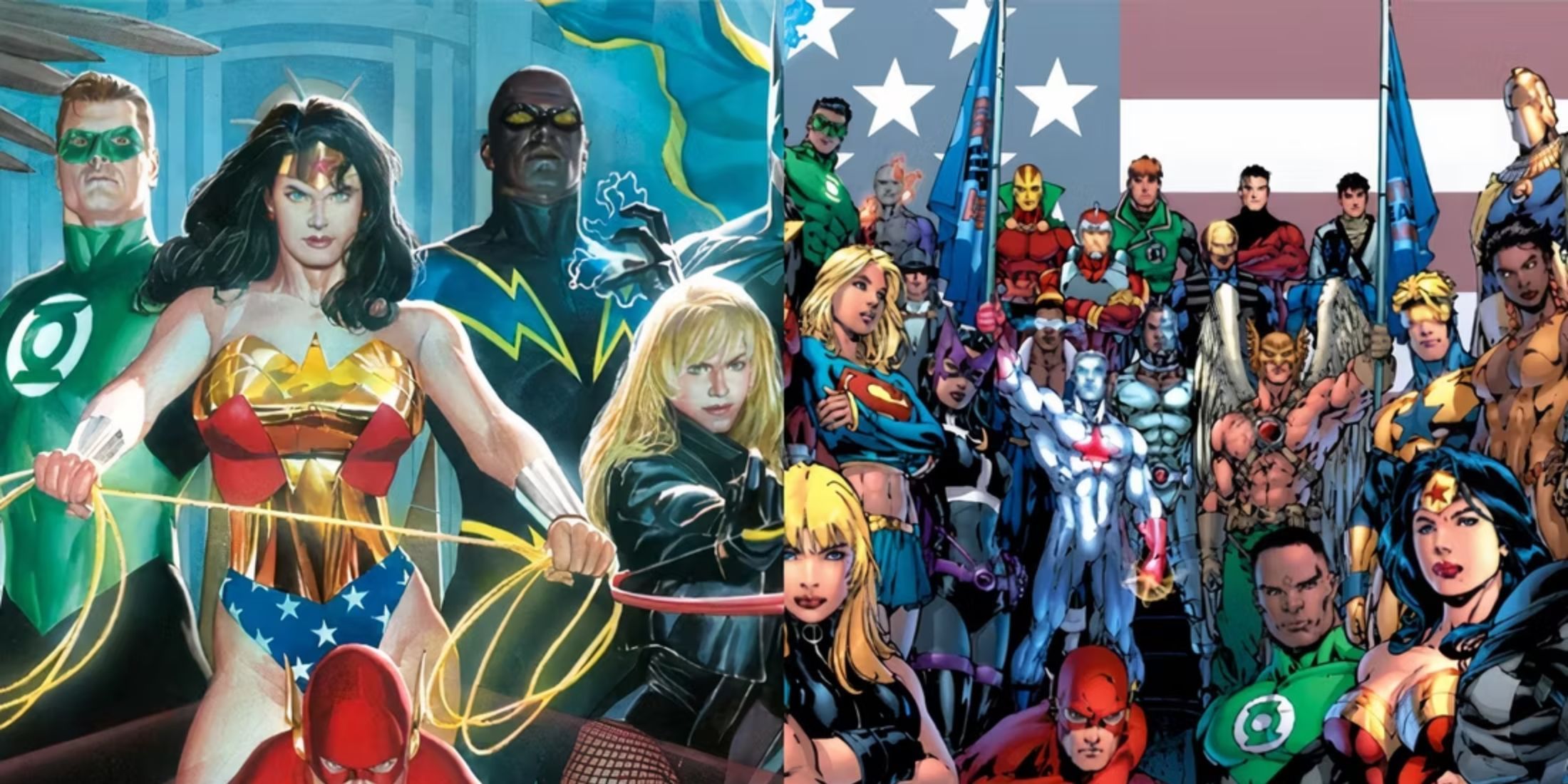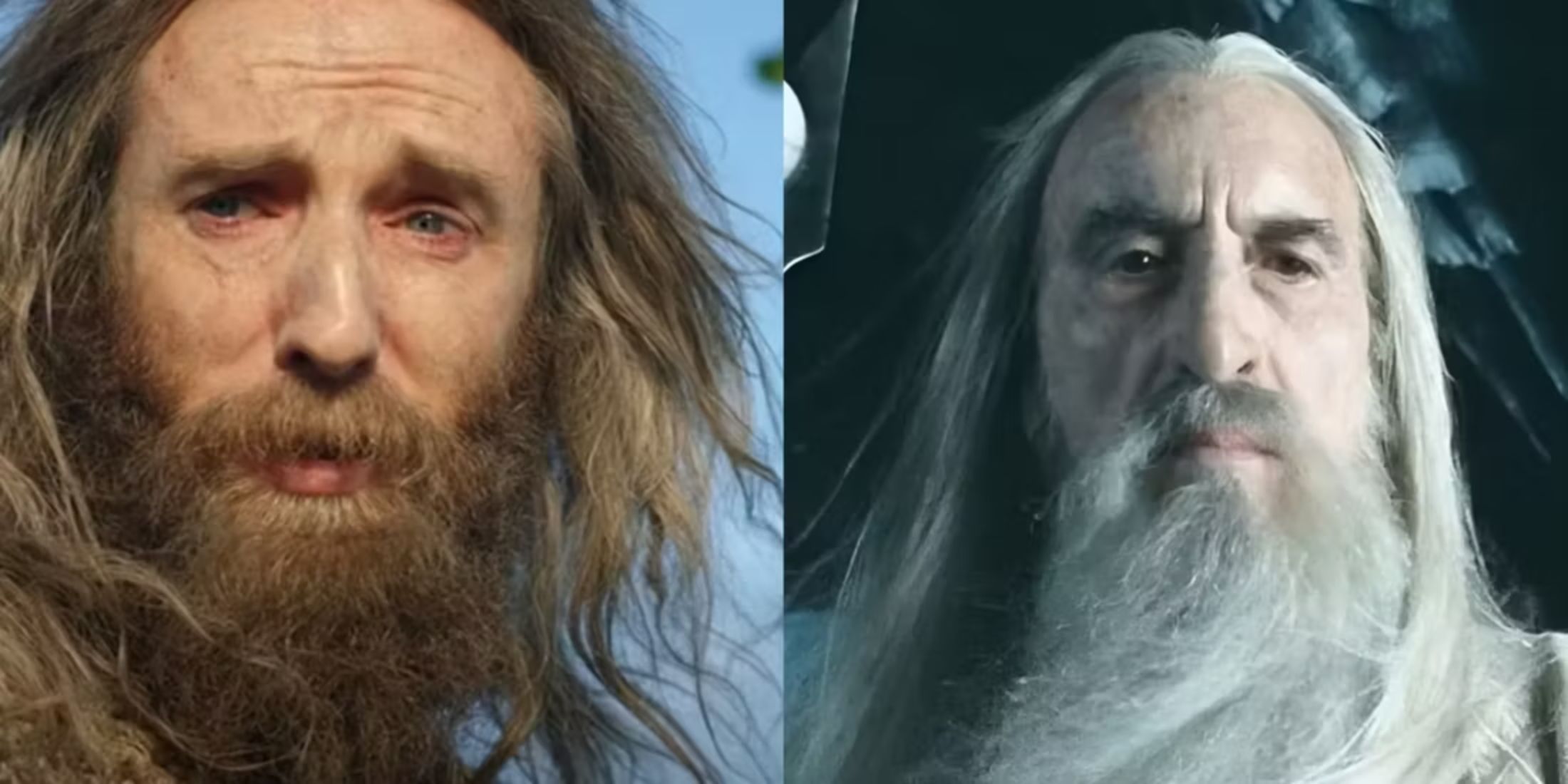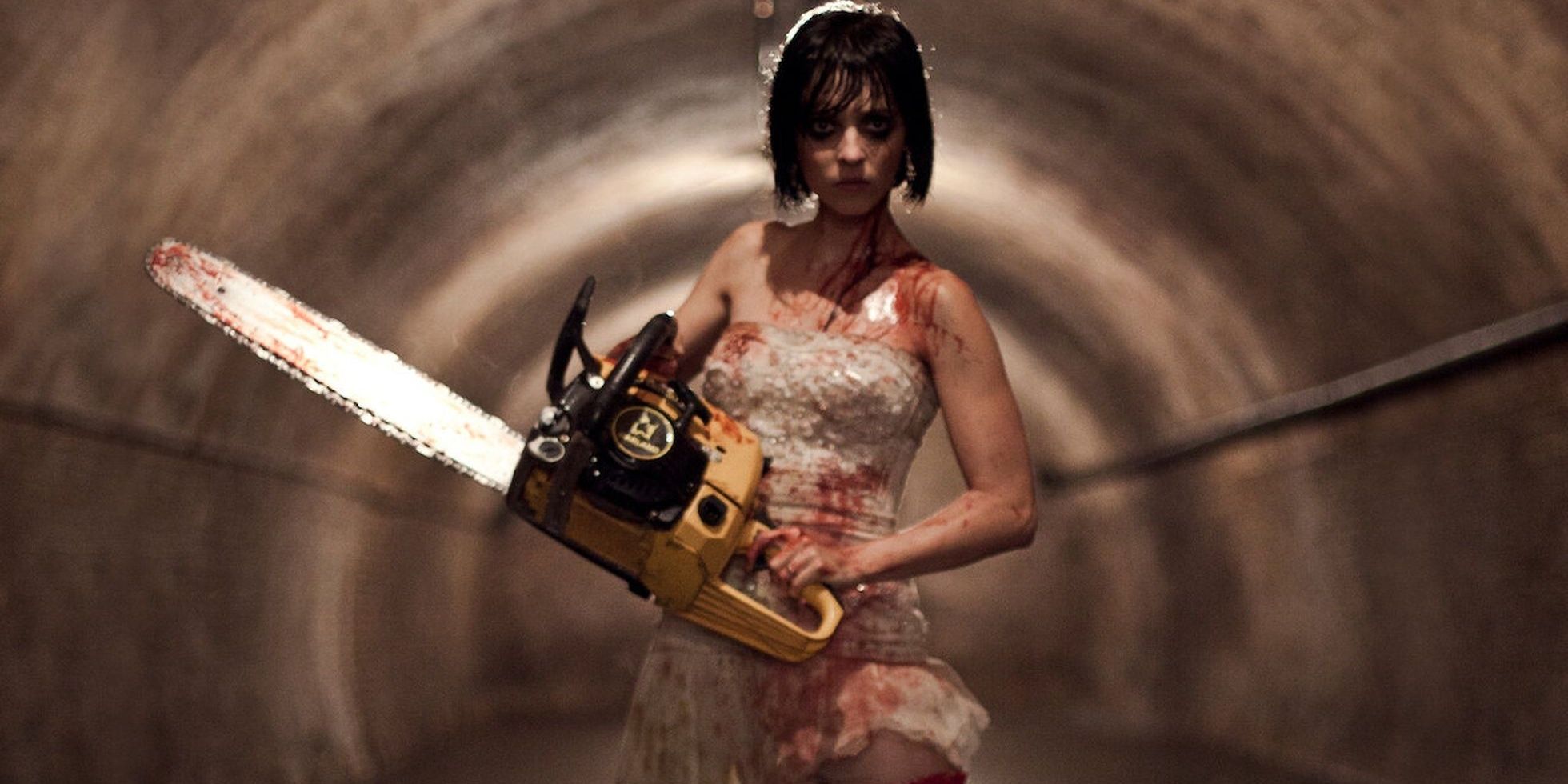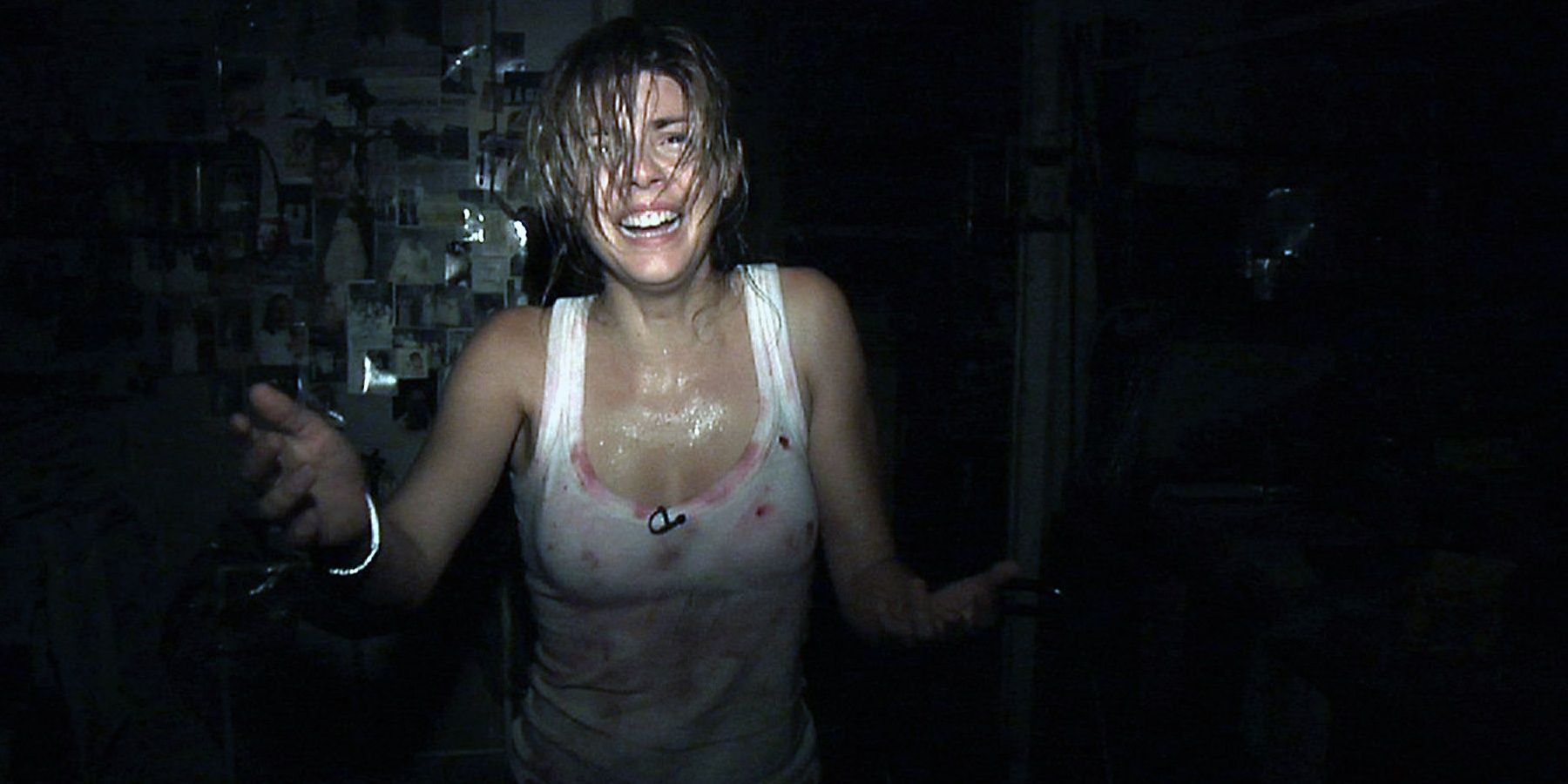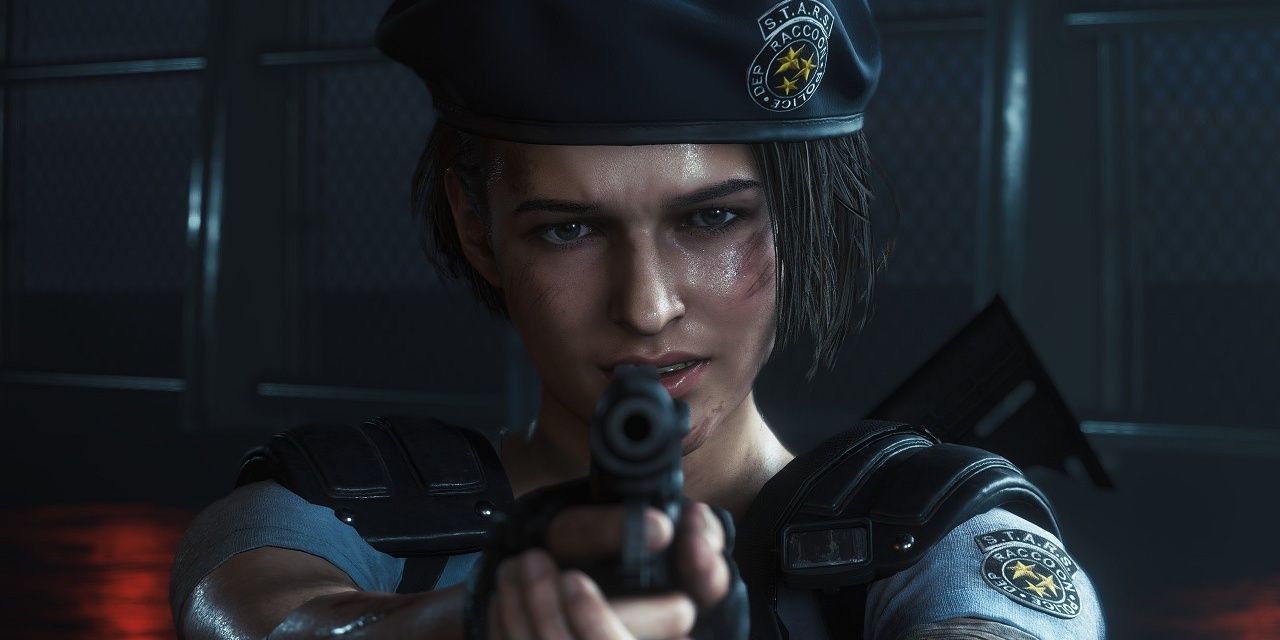The cultural appreciation of zombies has been wildly varied over the last 20 years. They were standard-issue monsters in the early 2000s, then they were ubiquitous, then people got sick of them. The cycle has largely completed, bringing the undead into a place of acceptable popularity. Throughout this shift, the [REC] franchise has kept the concept interesting.
The Resident Evil franchise remains one of the most iconic names in video game horror. It's always been a bit of a mess, but its specific blend has been largely impossible to capture outside the world of video games. Films and TV shows with Resident Evil in the title have been fairly rough, but the [REC] franchise manages to bring a lot of its appeal to the big screen.
What are the [REC] films about?
[REC] is a found-footage zombie horror franchise. Its name comes from the abbreviation for the word record found on most cameras and usually comes with a large red dot. The franchise is the brainchild of Paco Plaza and Jaume Balagueró. As a duo, the directors worked on a documentary together before producing the first [REC] film, leading them toward the burgeoning found footage genre. With that idea in mind, they shot a fast-paced claustrophobic horror film in a small apartment building in Barcelona. The film is seen today as one of the seminal entries in the found footage genre and one of the best horror movies of the modern era. From simple beginnings, the franchise grew into a much more explosive series.
The story of [REC] follows Ángela Vidal, a news reporter who is covering a Barcelona fire department. While responding to a seemingly routine call about an old woman trapped in her apartment, they discover that something has infected the denizens of the complex. The cops seal off the building, leaving Vidal, the fire department, and the entire population of the apartment complex at risk of infection and death. As they fend off ravenous zombies, Vidal and the other survivors discover the secret behind the infection and its grotesque final boss. The first film ends with a masterful conclusion that remains one of the most powerful horror moments of the 2000s.
The sequel takes place shortly thereafter, sending a team of armed soldiers into the tainted apartment complex. As the action ramps up and the body count rises, Vidal manages to survive her encounter, but she comes away a different woman. By the third entry, [REC] 3: Genesis, they've abandoned the found footage style and shifted the focus to follow a married couple on the night of the outbreak. This entry feels slightly out of place with the others, but it does feature a prolonged scene of a woman in a bridal gown mowing down zombies with a chainsaw. Finally, [REC] 4: Apocalypse, returns to Vidal and the quarantined apartment building. Vidal is now depicted as an immune warrior who must help defeat the plague and find a cure. It's a great send-off for the franchise, as silly and overblown as it becomes.
How does the [REC] franchise capture Resident Evil?
Obviously, [REC] mirrors Capcom's beloved survival horror franchise by literally being a film about an evil residence. The films feel very reminiscent of video games, with escalating levels of tension, a first-person perspective, and an overarching boss that the heroes have to kill. The more interesting similarities are in the weirder elements of both franchises. Both RE and REC have a hard time making their horror and action traits match, they both have complicated relationships with their main characters, and they have an occasional entry that has nothing to do with the larger story. The levels of camp slide up and down seemingly at random. They're both scary and cathartic in equal measure and the big satisfying moments work even better when the audience is sitting covering their eyes five minutes earlier. Laughter, scares, and catharsis can be found in both experiences in equal measure.
On a narrative level, the two franchises have little in common. Instead, [REC] captures the spirit of Resident Evil in a way no other on-screen media has. The outbreak in Barcelona may look like the one in Raccoon City, but they couldn't be more dissimilar in backstory. The explanation is somewhat closer to Resident Evil 4, but there's a unique Spanish slant to the story. Resident Evil has one reputation for those who only know it as a brand and an entirely different one with true fans. The Resident Evil movies fail to capture either. Fans looking for most of the upsides and the downsides of their favorite silly sci-fi horror franchise should look no further than Balagueró and Plaza's opus. Each of the four films is available now on the free streaming service Tubi. Laugh, scream, and grit your teeth through this outstanding and unique franchise.

